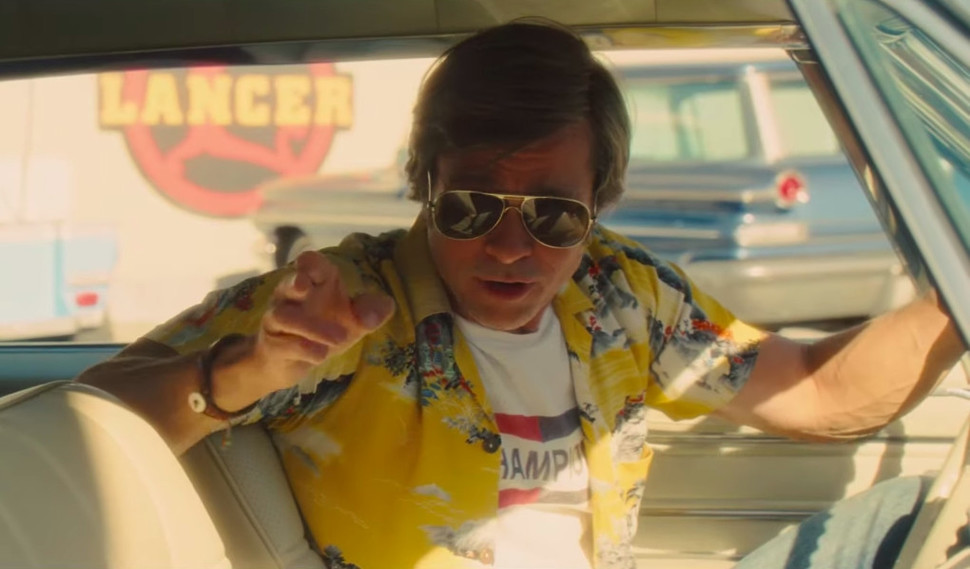
Although Quentin Tarantino’s never been a prolific filmmaker (he’s directed nine features since 1992’s Reservoir Dogs, if you count the Kill Bill films as a single entry, which QT famously does), he’s certainly one of the most influential. His breakthrough second feature, the zeitgeist-defining 1994 tour de force Pulp Fiction has left a lasting impression on American cinema.
Arguably the most influential film of the 90’s, few movies have been as quoted, as cloned, or as dissected and debated as Pulp Fiction and yet, even after endless repeat viewings, this hard-hearted and half-joking gem never gets old.
Now with the release of QT’s hotly anticipated ode to Tinseltown finally in wide release, Taste of Cinema is here to excitedly announce that Once Upon a Time in Hollywood ranks with the director’s best work.
It may just be his most incidentally enjoyable, outrageously entertaining, and visually exciting work to date. Certainly this is top tier Tarantino and is destined to make many Best of 2019 lists come December. But until then, meander down these canyon roads, dip your toes in the Playboy Mansion pool, get in the queue for a matinee of Sharon Tate’s The Wrecking Crew, and inhale an LSD-dipped Red Apple cigarette.
This fairytale of the bright lights is a generous allowance from a dependable if indulgent director, proudly presenting us with a delighted dream from which many of us might awaken with a scream trapped in our throats.
8. One of QT’s strongest screenplays
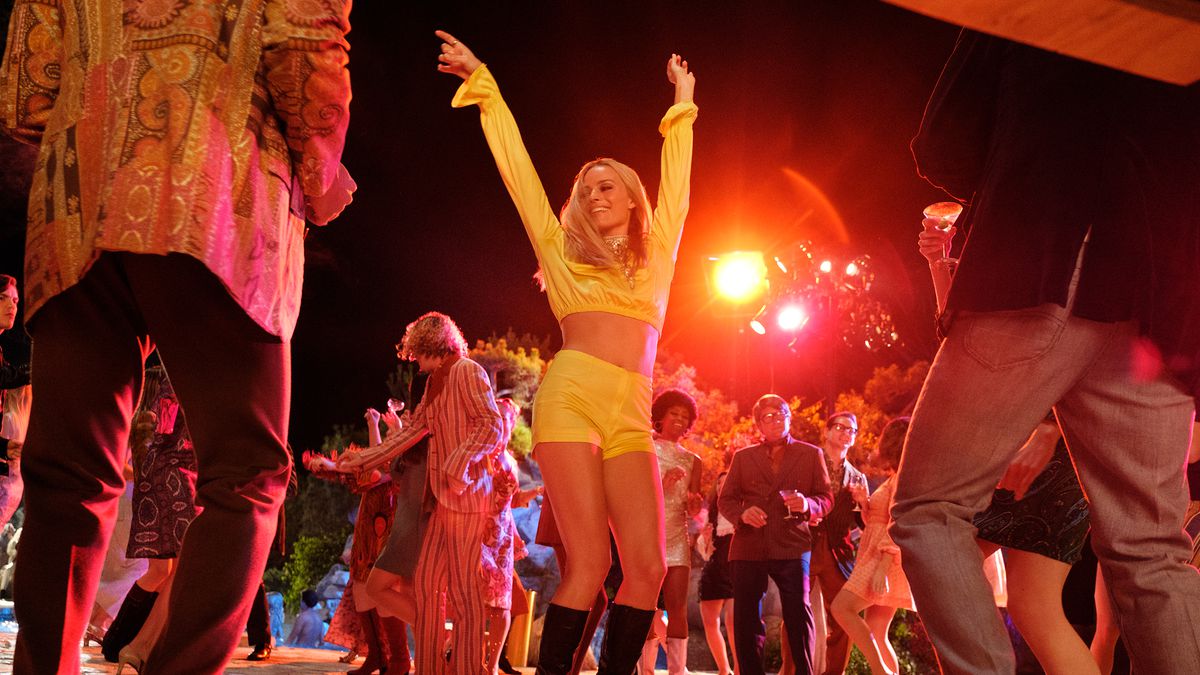
Unraveling in 1969, just ahead of the New Hollywood movement that would forever alter the film industry, Tarantino’s latest film focuses on three forlorn characters; Rick Dalton (Leonardo DiCaprio), a fading Western TV actor having a simultaneous midlife and identity crisis trying to make it in the movie business; Cliff Booth (Brad Pitt), Dalton’s stunt double and BFF; and then most ill-starred of them all, Sharon Tate (Margot Robbie), the real-life rising star whose life and career were cut short most tragically on August 9th, 1969, at the hands of members of the Manson Family.
Tarantino’s script, which echoes many similarly set multi-protagonist Hollywood parables (both All About Eve [1950] and Sunset Boulevard [1950] spring to mind), spends a great deal of time tackling egocentric celebrities and czars pawing their way into the hype and the glow of the limelight.
Atypical of QT his script is permeated with pulp culture references and his child-like adoration for the footlights. He loves the movies, the people who make them, and the city where so much of the entertainment industry spins their golden gossamer.
There’s also the romanticized offering of old-school glamour and glitz, an extravagantly ornate folkloric representation of the past, an almost hysterical fear of hippies, and with that the elusive but alarming threat of brutal bloodshed. Dotted amongst the erstwhile haze of Hollywood is QT’s excellently talkative pentameter and just as effective portents of ruin.
7. Los Angeles itself
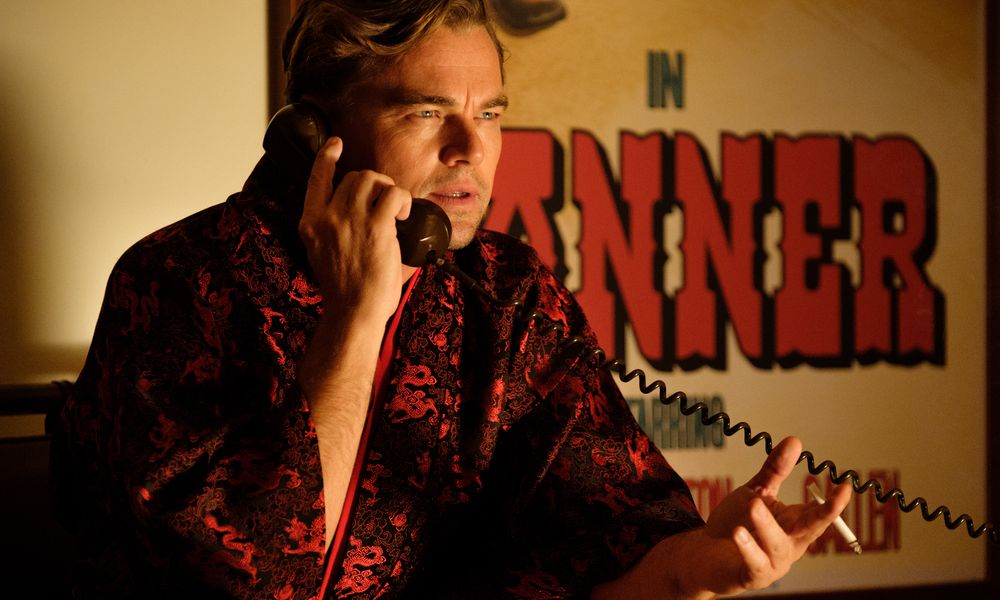
It should come as no surprise that for Tarantino, who grew up in Hollywood, his illusory Los Angeles is as romantic as it is real. This film is that rare Los Angeles-set movie, like Rebel Without a Cause (1955), The Long Goodbye (1973), or Short Cuts (1993) with a real sense of place and relation. Hollywood is as much a character in this film as Booth, Dalton, or Tate.
So many LA-exclusive incidental delights populate the picture; the euphoria of speeding down the freeway with the top down; letting loose at swinging party at the Playboy Mansion, sauntering through the backlots of the big studios, spying stars at every junction; tiptoeing barefoot down Hollywood Boulevard with far-out hippies, basking in the glow of neon signs; bustling movie houses on every corner, lit up like bijous; in every direction the famous mingling with the huddled masses.
From Robert Richardson’s expert lensing, to Barbara Ling’s near perfect production design, Once Upon a Time in Hollywood is packed with period details as vivid and tangible as possible.
6. The focus is on characters, not plot
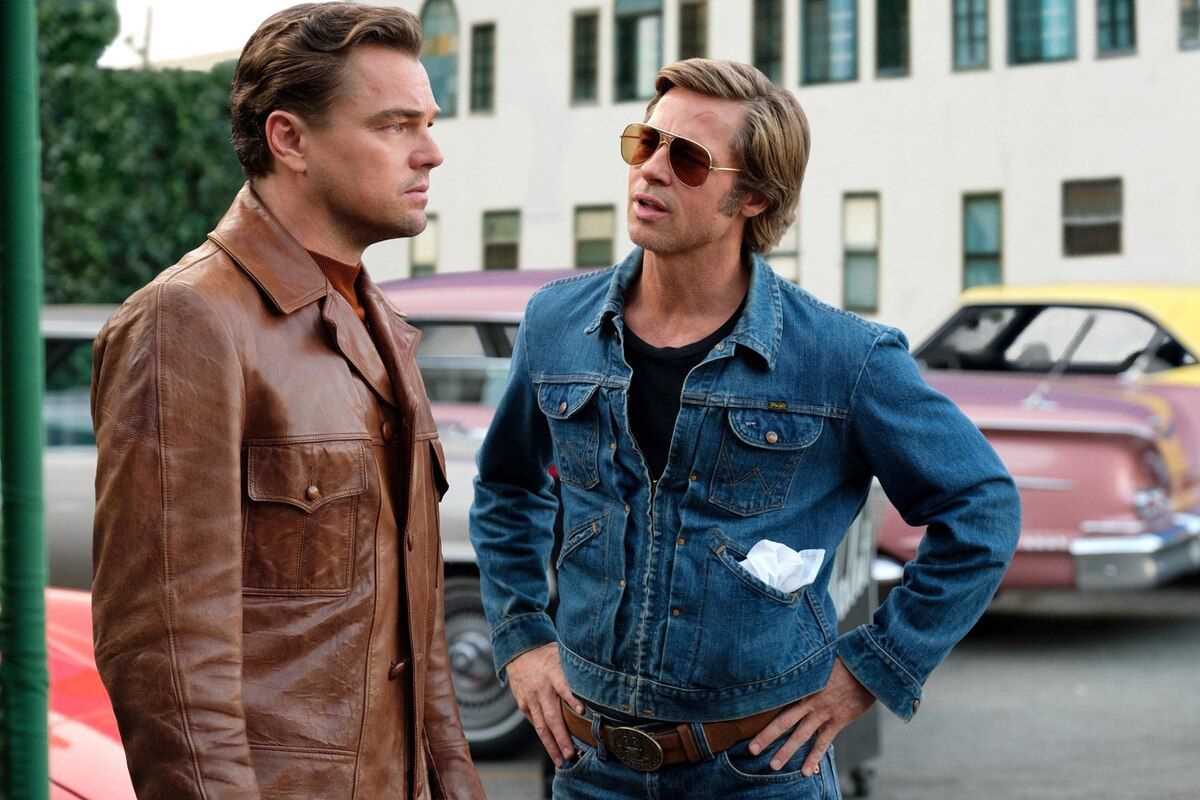
In the post-Tarantino 1990s he coined the term “hang-out movie” to better capture what he was after with pictures like Jackie Brown, where plot takes shotgun next to spending time with indelible characters. Once Upon a Time in Hollywood is more about the moments at the end of an era and the delighted and discontented people in those moments.
They’re all victims of circumstance, and while it may seem that the Manson family is forcing the narrative towards some final, fleeting exit, it’s still the observational character moments that define the film: Tate spends a honey of an afternoon at the movies, Booth and a charismatic hitchhiker (Margaret Qualley) end up at the Spahn Ranch where something unseemly has to be taking place, and Dalton makes a guest appearance on a TV pilot wherein he’s overthinking his avenue.
With this film we are presented with characters in a special and very specific place and time. Maybe nothing much happens over a few days in February but the play of light and the spatter of shadows suggest that summer and August in particular, hold something sadly significant and terribly, terribly wrong.
5. The devil is in the details; fun nods to Tarantino’s other movies
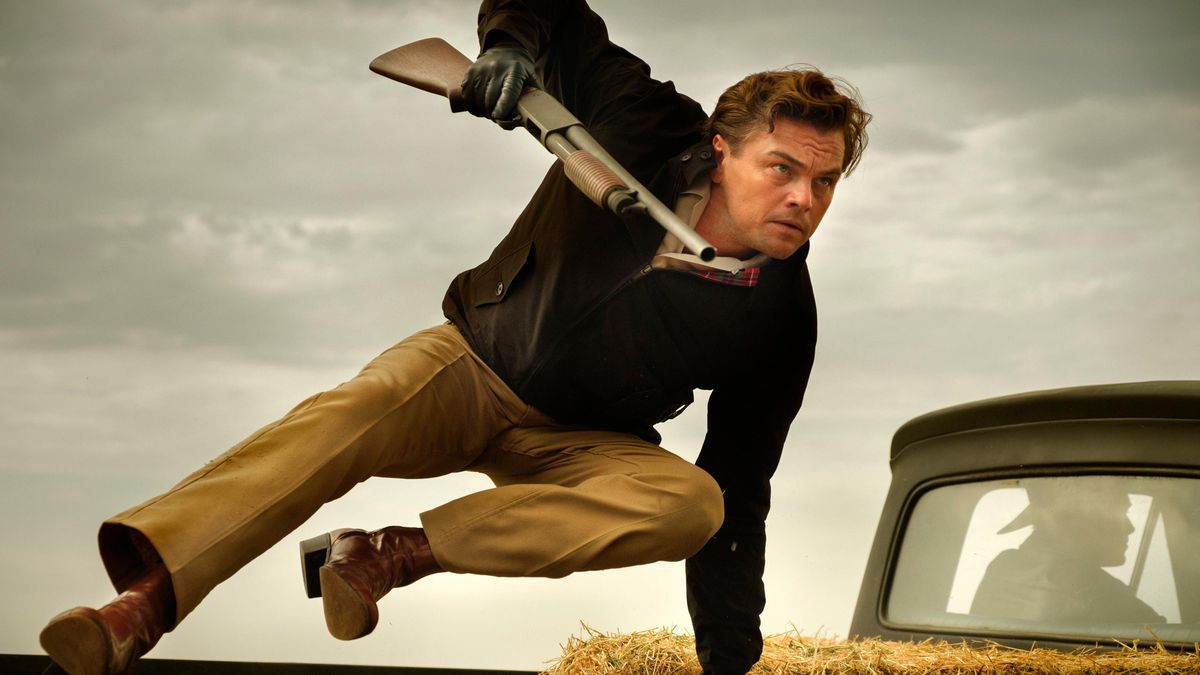
For Tarantino fans there are a wealth of nods and winks to his body of work throughout the film.
Characters constantly smoke Red Apple cigarettes, the fictional brand used throughout his films. And if you stick around for the credits (and you always should) your sides will ache during Dalton’s commercial and outtakes for Red Apples.
Also, for those paying close attention it’s revealed that Dalton makes some Spaghetti Westerns for one Antonio Margheriti, an alias used by Eli Roth’s Sgt. Donowitz in Inglourious Basterds (2009).
Additionally, the cast is a who’s who from Tarantino’s repertoire of regulars. Apart from DiCaprio and Pitt reteaming with QT, vets of his previous films like Zoë Bell, Bruce Dern, Michael Madsen, Monica Staggs, James Remar, and Kurt Russell appear in the film. Mr. Orange himself, Tim Roth also had a scene, but it was unfortunately cut from the film. Here’s hoping we’ll get to see it on the eventual blu-ray release.